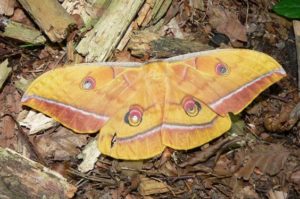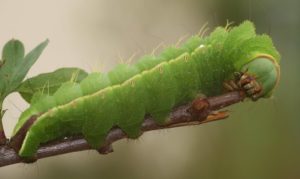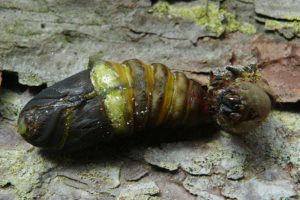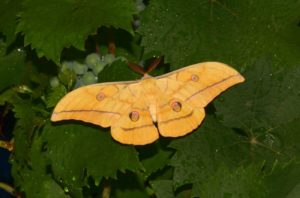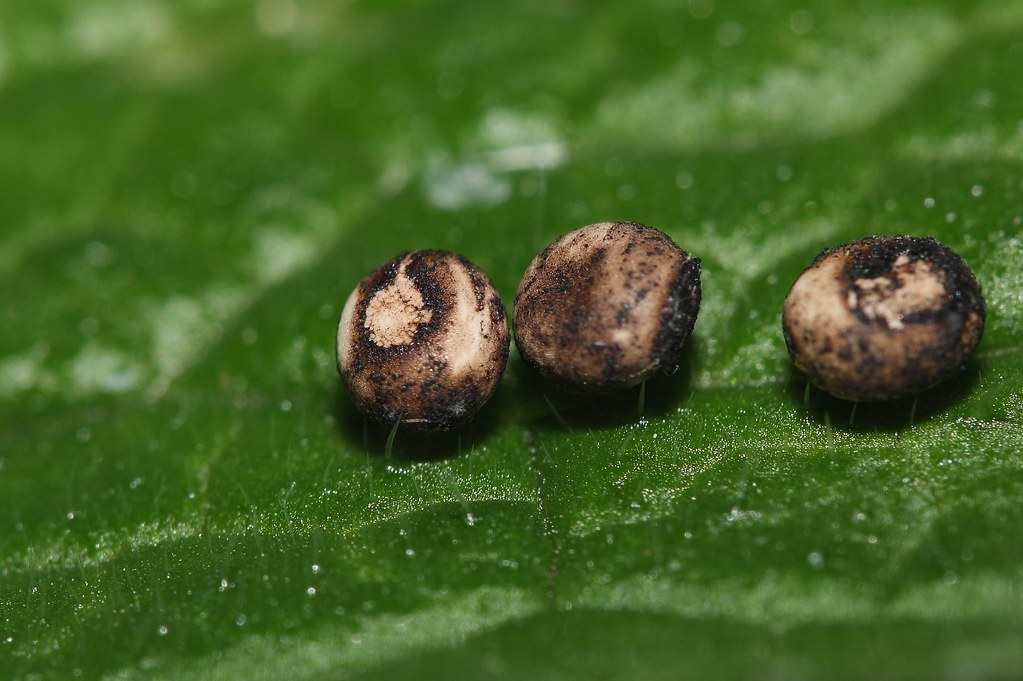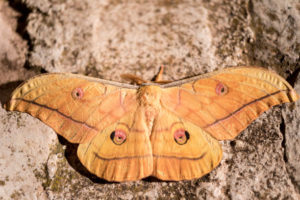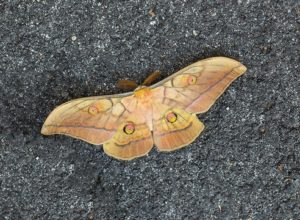Japanese Silk Moth (Antheraea yamamai)
The Japanese silk moth is a saturniid moth, primarily known for producing white, hard, and elastic silk in Japan. This silk is nowadays considered rare and expensive. Though endemic to the eastern parts of Asia, their population has spread to Europe for the production of tussar silk.
i.pinimg.com
Scientific Classification
- Family: Saturniidae
- Genus: Antheraea
- Scientific Name: Antheraea yamamai
Description and Identification
Adult Moth
Sexual Dimorphism: Present but not prominent.
Color and Appearance
Forewing: When the wings are opened, they are a brownish-orange with two eyespots, one on each side. When the wings are closed, one of the two spots remain visible,
Hindwing: When the wings are opened, they have a similar brownish-orange coloration like the forewings, with one spot on each of the sides. When the wings are closed, the patterns can still be observed.
Average wingspan: 110–150 mm
Flight pattern: Consistent
Season: August to September
Quick Facts
| Other names | Japanese oak silkmoth, yamamayuor tensan (Japanese names) |
| Distribution | Native: East Asia, mainly Japan Invasive: Southeastern Europe, including Austria, the Balkans, and northeastern Italy |
| Habitat | Varied forests |
| Lifespan of Adults | A few days |
| Host Plants | Primarily oak; as well as chestnut, common beech, hawthorn, hornbeam, and rose |
| Adult Diet | Does not feed |
Did You Know
- It has five sub-species – Antheraea yamamaiyamamai, Antheraea yamamaibergmani,Antheraea yamamai titan,Antheraea yamamaiussuriensis, and Antheraea yamamai superba.
- This species of moth was first described by French entomologist Félix Édouard Guérin-Méneville in 1861.
Scientific Classification
- Family: Saturniidae
- Genus: Antheraea
- Scientific Name: Antheraea yamamai

